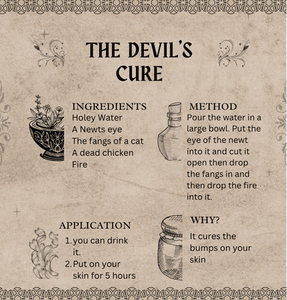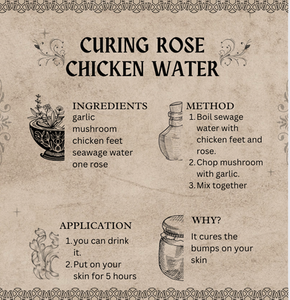Hands-on Activities for Teaching Medieval European History
- Emma Forrester
- Mar 29
- 3 min read
One of the first things my Year 8 History class told me at the beginning of this term was that they thought history was boring. In fact, they thought it was so boring that “just so you know Miss, I’m going to wag all of your classes.”

Now, as someone who loves teaching history and rebelling against those particular types of comments, my first thought was: challenge accepted. This particular class was pretty tricky with some big players and behaviours. To make matters worse, they had a double lesson with me on the last day of the week. It has been quite challenging to engage these students, cover curriculum content and juggle all the other bits and pieces working in education has to offer, but I am really proud of the work I did with them over the past seven weeks of this unit, and I wanted to share some of the activities I used for teaching medieval history. For each sub-topic I have describe what activities I did and how they went, and have included links to resources where possible.
Miserable Medicines
What do you do when your class couldn’t care less about Vikings? You pivot by freaking them out with some descriptions of one of the deadliest diseases in history and get to experience immense joy when they find out it was real and you were not, indeed, “capping.”
One of the best activities I did with them was to examine a range of different treatments and cures that were used in medieval Europe to treat the plague before having them create their own cures. To do this, I provided them with images of items that were commonly used in medieval medicine before unleashing them on their task. Prizes were up for grabs for the most detailed recipe and the most disgusting cure. Not one to be left out of the fun, I also created by own miserable medicine!
Some of the cures for the Black Death that my students came up with.
As part of our investigation into cures for the Black Death, we also spent an entire lesson making our own plague doctor masks. I found a free template online by Ms. Staney that came with video instructions.
One really interesting observation I had during this activity was that many of the boys in my class has terrible fine motor skills when it came to cutting templates out and using sticky tape. I wonder if this phenomenon is related to an actual deficit in fine motor skills, apathy or if there is something else going on here. Either way, I think this warrants some further investigation.
Stunning Stained-glass

During our investigation into the role the Christian church played in medieval Europe, we examined some stained-glass windows and tried to decipher what stories they were telling. One student commented that they are almost like comics, which makes sense when you consider that they were created to deliver information to the peasant class, most of whom could not read.
After examining some beautiful examples of medieval church windows, we then created our own using tissue paper, laminating pouches and black card.
Legendary Linguistics
If there is one way to really trip your students out, it is to get them to listen to a recording of the Canterbury Tales and ask them to translate the story. They are usually mind-blown to realise that what they are listening to is technically English. After we had listened to an example of Middle English, I then challenged students to read and translate some medieval recipes into modern English. I got all of these recipes from one of the oldest known English cookbooks: ‘The Forme of Cury’. This book was written in 1390 by the master cooks of King Richard II’s court.
Which leads me to the next activity we did…
Classical Cooking
After translating the recipes, students actually attempted to make some common medieval meals. We made no-bake ginger bread which tasted…interesting. The cheese fondue on rye was delicious. The reason I picked these recipes was purely because they did not require the use of an oven or stove top and could be done with a fridge and microwave. If you do have access to a kitchen, you could make pottage stew.

As I said at the start of this post, this was a tricky class to teach. They really pushed me to try new activities and ways of teaching the content and skills I needed to get through. Despite the fact that they could be a bit chaotic at times, I really enjoyed doing these activities with my students, and I think they also enjoyed them too. This is ultimately the most important thing to me about learning. Learning should be fun.





Comments